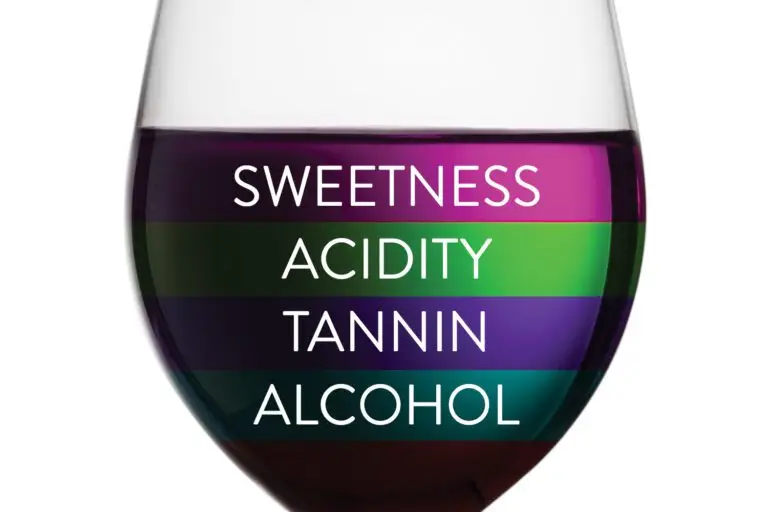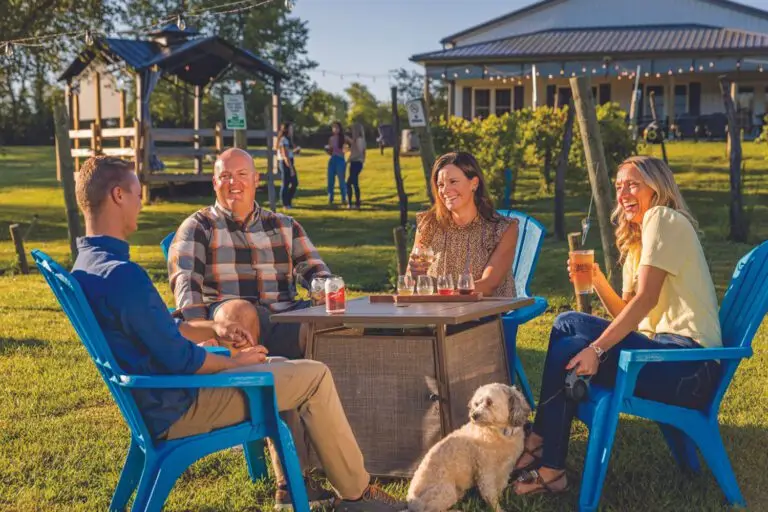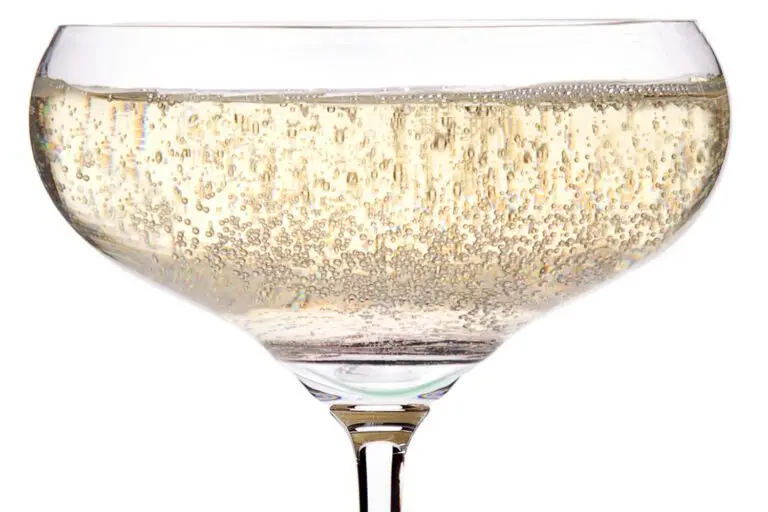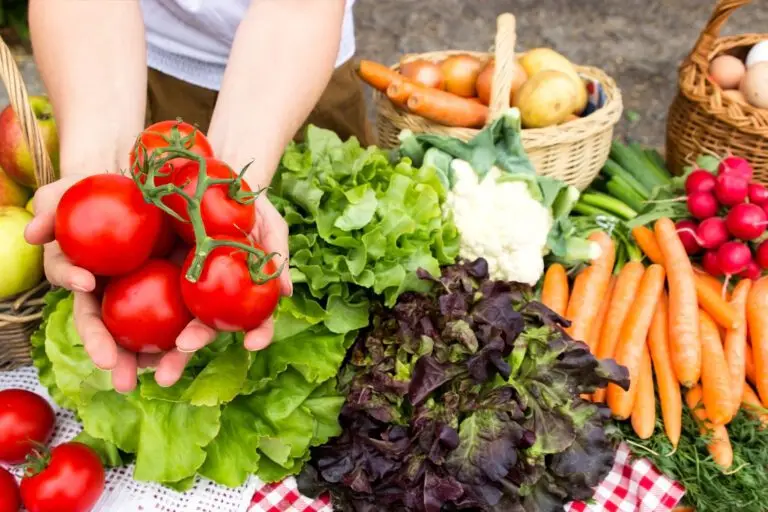Photo by Lillian Africano
By Lillian Africano
There was much to anticipate on my “Taste of Bordeaux” cruise, beginning with a flute of bubbly and the promise of seven wine-filled days. My voyage would take me from the town of Bordeaux, along the Garonne and Dordogne Rivers, to places I’d only seen on the labels of fine wine, and complimentary tours at each port. A daily wine program, conducted by an onboard wine expert (Christopher Silva, CEO of the St. Francis Winery in Sonoma), would keep passengers informed.
My host, AmaWaterways, assigned me special digs: my spacious cabin on the 148-passenger AmaDolce had a balcony and a marble-appointed bathroom. The works of one of my favorite artists, Gustav Klimt, adorned the ship, and even better, the ship featured a spa where a 60-minute massage (not too pricey at 60 Euro) eased my jet lag. At mealtime, I’d be offered another jet lag remedy: gemstone water, made with traces of rose quartz, amethyst and mountain crystal.
Our first port was Cadillac on the Garonne, famous for the nearby Sauternes region that produces the silky sweet wines of the same name. My taste buds started to tingle as the tour bus approached the legendary Château d’Yquem which, in 1811, produced a bottle of Sauternes that sold at auction for 85,000 Euro. But alas, we didn’t tour the renowned winery; I only got a photo op before the coach traveled to an actual tasting of scrumptious Sauternes at Château Guiraud.
The coach moved on to magnificent Castle Roquetaillade, built by Charlemagne and inhabited since the 14th century by the same noble family. The big surprise here was the castle’s kitchen, which featured a gorgeous collection of dazzlingly shiny copper pots and a strikingly contemporary kitchen island – thanks to an “updating” done between 1860 and 1870 by architect Viollet-le-Duc, who famously restored Notre-Dame de Paris.
Back onboard and a little nervous about my limited “expertise,” I attended the ship’s Zinfandel blending seminar. Anxiety eased after tasting some of Sonoma’s best single-vineyard Zinfandels – and a little fun playing winemaker, blending my own version of Old Vines Zin. I experimented until I’d created a blend I really liked. I waited for Silva to taste my masterwork and pronounce it brilliant. Well…at least he smiled.
Morning brought us to the town of Pauillac, the starting point for touring the world-famous region of Médoc, home of such fabled winery names as Latour, Lafite Rothschild, Mouton Rothschild and Margaux.
At Château Margaux, owned by the Italian Agnelli family of automobile fame, our guide expressed her unhappiness that such a famous French winery was owned by someone who was not French! I got busy smelling the Château Margaux grapes, marveling at the vineyard’s alternative to pesticides – little plastic gadgets that give off female pheromones to attract male insects. When the males arrive at the plastic, they see that there are no actual waiting females. Et voila – they fly away!
Later, at Château Gruaud-Larose, home of the famous Grand Cru Classé of 1855, I sampled three tantalizing Millésimes (vintage wines) paired with cheese and baguettes so tasty that some passengers went back for seconds.
Dinner at the Chef’s Table, the ship’s intimate alternative dining venue, brought forth an abundance of small plates: foie gras de canard, caviar, sautéed escargot, crayfish ragout, Charolaise ox short ribs, lavender-flavored cake, fondant au chocolat – and complimentary wines from Bordeaux.
On Day 4, we landed at the quaint little town of Blaye where I strolled for a while, filling my lungs with the intoxicating fragrance of freshly baked bread (so many bakeries!). Here, I found a wonderful souvenir: a postcard showing Frédéric Auguste Bartholdi with his most famous creation, “Liberty Enlightening the World,” also known as the Statue of Liberty.
Like many European towns, Blaye has little trains that offer tours with commentaries, so I hopped aboard one that climbed up to a 17th-century citadel, a UNESCO World Heritage site covering 230 acres and offering spectacular forever views. Later that day, in Bourg-en-Gironde, I found another train that toured the designated Village Ancien, a former military fort. Here were ugly souvenirs of WWII: monster concrete oil tanks built into the cliffs by the Germans to refuel their war ships based in Bordeaux.
Below, some happier history: a 19th-century “laundromat,” the wash-house where women hang out for hours, exchanging gossip while they do their laundry. The nickname, “The Parliament,” suits the place.
This is France, so Bourg threw a party – a Fête du Vin with food, wine and music at the town’s Maison du Vin. Onboard, our dinner sponsored by the Chaîne des Rôtisseurs, an international gastronomic society chartered in the 13th century, kept the wine flowing.
Day 5 at Saint-Émilion revealed more ancient city walls, churches and remnants of ancient cloisters – and yet another train ride, this one through the famous region’s vineyards to Château Soutard for a tasting of Merlots. The wine was fine, but the French version of Top Chef, which was filming in the courtyard, stole the show. I tried to get closeups of the contestants, but the crew, in French and English and with eloquent gestures, kept onlookers at bay.
On Day 6 at Libourne, we tasted not wine but bread, cheese and Spanish ham at the Creon Market, where glorious produce and charcuterie were displayed along with a couple of lovable goats and some chickens. It was all tempting, but you can’t stuff produce into a carry-on suitcase. Shoe sales in town consoled some visitors, but as I’m weak when it comes to shoes and sales, I stayed away and got ready for Silva’s winemaker’s dinner featuring St. Francis wines.
Back in Bordeaux, I tried to avoid last-day blues with a visit to the spectacular, $90-million La Cité du Vin, a high-tech, eye-popping 10-story celebration of wine and viticulture. I wandered through this veritable wine-theme park for adults, moving from 3D animations that took me back to ancient Egypt and Greece, imagining myself on a pitching merchant ship, and magically experiencing the sights and smells of cultural feasts – a perfect ending to my personal “Taste of Bordeaux.”
As a postscript, I later learned the wine museum’s unusual shape represents wine being swirled in a glass. (If I hadn’t been told, I never would have guessed.)





